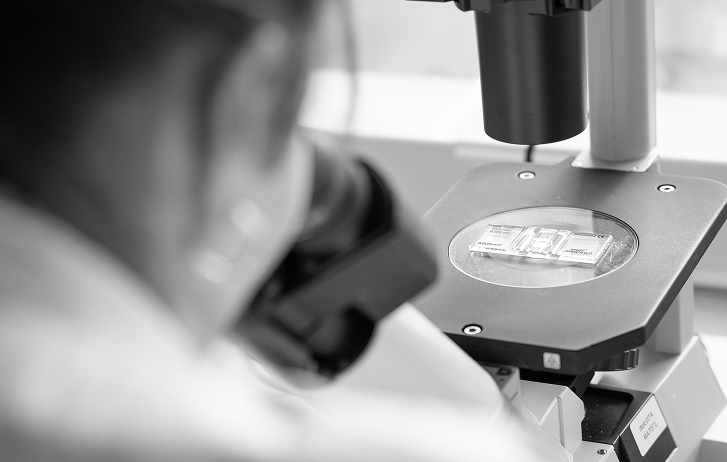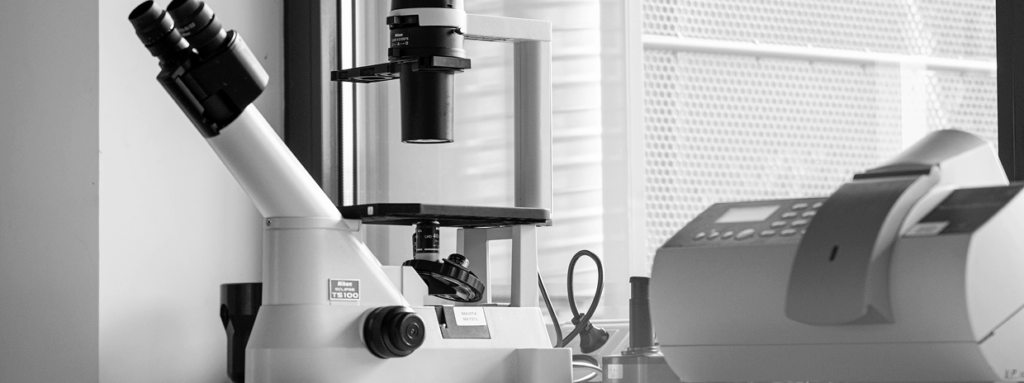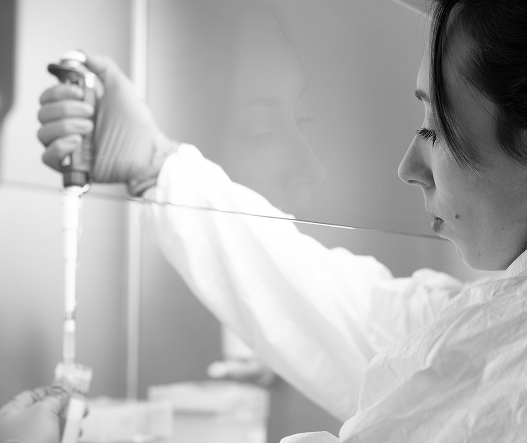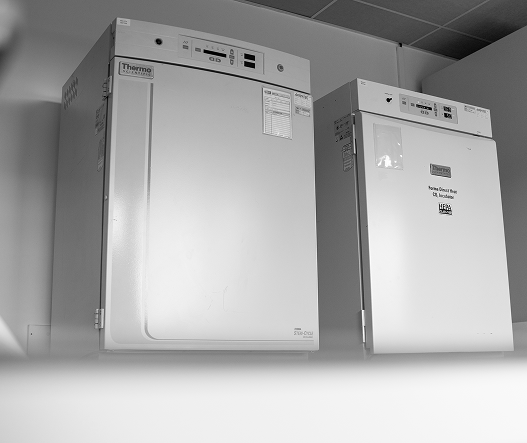Home > Applications > Pharmacokinetics (PK) and drug disposition
Pharmacokinetics (PK) and drug disposition
Imavita evaluates drug disposition and pharmacokinetics (PK) of drug candidates in preclinical models using both unlabeled compounds (classical approach) and labeled compounds via advanced in vivo imaging techniques. These studies are essential for characterizing absorption, distribution, metabolism, and elimination (ADME) of a molecule.
By combining traditional bioanalytical methods with non-invasive imaging, we provide a comprehensive view of drug behavior, supporting decision-making in early drug development, candidate selection, and formulation optimization.

Applications of pharmacokinetics studies in preclinical research
PK services can be applied to:
- Evaluation of key PK parameters: bioavailability (F), volume of distribution (Vd), half-life (T1/2), clearance (Cl)
- Biodistribution studies to assess tissue targeting by the use of imaging
- Formulation development, including optimization of galenic forms
- Injection sites absorption studies
- Toxicology support non-GLP by correlating systemic exposure with safety endpoints
- Early drug screening and reduction of clinical development attrition
These applications are designed to support lead candidate selection, reduce failure risk, and inform dose strategies for downstream development.
PK / Early PK / Biodistribution / Elimination evaluation / ADME
Imavita offers a full range of in vivo methods to assess PK, early PK, and ADME properties. These studies allow for detailed characterization of drug kinetics and elimination routes in relevant preclinical models.
We provide customized study protocols based on the route of administration, compound class, and target tissue, using a combination of bioanalytical and imaging endpoints.

Serial and terminal sampling
Depending on the objectives of the study, we offer different sampling strategies to suit various kinetic profiles.
- Serial sampling via catheterized veins (jugular and/or femoral) allows longitudinal PK profiling in the same animal, improving reproducibility and reducing variability
- Terminal sampling enables precise quantification of drug levels in blood and tissues at key time points.
Sampling strategies are optimized for the pharmacokinetic profile of the compound and aligned with 3Rs principles.
Analytical methods
Tissues and biological fluids can be analyzed by ELISA techniques (biologicals) or mass spectrometry (small molecules):
- LC-MS, in collaboration
- MALDI, LAESI imaging on tissue slices, in collaboration
This enables both quantitative PK data and spatial distribution insights.
We also support multiplexed analysis of biological matrices (i.e. multiplexed ELISA / cytometry), enabling integrated PK/PD data extraction where applicable.
In vivo imaging & Image-based PK evaluation
To complement conventional sampling, Imavita offers in vivo imaging techniques for non-invasive, real-time assessment of biodistribution and pharmacokinetic parameters.
Imaging Modalities
- BLI / FLI with fluorescent probes
- PET/CT with radiolabeled isotopes (e.g., 18F / 89Zr / 64Co)
- MRI using gadolinium-based (Gd) contrast agents for high-resolution anatomical and functional imaging
Applications
These approaches allow:
- Visualization of biodistribution over time
- Calculation of PK parameters (F, Vd, T1/2, Cl) from imaging data
- Evaluation of tissue penetration, targeting efficiency, and formulation behavior
Imaging data are analyzed quantitatively with specialized tools (Imalytics®, 3DSlicer®, QuPath), and results are delivered as interactive 2D/3D visualizations and exportable quantitative reports.
They also support reduction in animal use, improved data robustness, and translational modeling.
Pharmacodynamics / PK/PD relationships
We integrate PK/PD analysis to explore the relationship between drug exposure and biological effect, helping to:
- Define dose-response relationships
- Assess target engagement and biomarker response
- Support therapeutic window optimization
This approach strengthens the translational relevance of preclinical data.
Specialized catheterized models
To support advanced PK and transport studies, Imavita offers rat models with catheterization of key biological compartments like
These models enable:
- Investigation of molecule transport across biological barriers
- Study of central vs. peripheral exposure
- Detailed PK/PD correlations and multi-compartmental analysis
They are especially relevant in fields such as neurology, oncology, infectious diseases, and biologicals drugs development.

Sample storage facility
Reliable storage and traceability are essential components of high-quality pharmacokinetic workflows.
Imavita provides dedicated storage solutions to preserve sample integrity throughout your study lifecycle:
- Storage at −20°C, −80°C, -150°C and in liquid nitrogen
- Guaranteed traceability and stability for delayed or repeat analysis
- Full compliance with quality and regulatory standards

Project workflow: our PK study process is structured as follows
By combining classical pharmacokinetics, advanced in vivo imaging, and PK/PD integration, Imavita delivers comprehensive solutions to support drug disposition studies and accelerate preclinical decision-making.
Our data-driven approach ensures consistency, reproducibility, and regulatory alignment for early-stage development.
Contact our team to discuss your preclinical development needs.
FAQ
What is pharmacokinetics (PK) and how does it differ from pharmacodynamics (PD)?
Pharmacokinetics describes how a drug moves through the body (absorption, distribution, metabolism, and elimination), while pharmacodynamics focuses on the biological effects of the drug and its mechanism of action.
What are the main phases of a pharmacokinetics study?
A typical PK study includes protocol design, compound administration, sample collection, quantitative analysis, and data interpretation to extract PK parameters like clearance, half-life, and exposure.
How is biodistribution evaluated in preclinical studies?
Biodistribution is assessed via tissue sampling or non-invasive imaging techniques (e.g., FLI, PET/CT) to determine where the drug localizes and how it moves through the body over time.
What is the role of non-compartmental analysis in PK studies?
Non-compartmental analysis (NCA) is a mathematical method used to estimate key PK parameters directly from experimental data, without specific modelization.
When should pharmacokinetics and pharmacodynamics be studied together?
Integrating PK/PD is essential when you want to understand how drug exposure correlates with biological effects, especially for dose optimization and therapeutic window definition.
What types of preclinical PK models does Imavita offer?
Imavita provides rodent models with options for terminal or serial blood sampling, and specialized catheterized models (blood, bile, lymph) to access key biological fluids.
Does Imavita offer non-invasive methods for pharmacokinetics studies?
Yes. Imavita combines traditional sampling with in vivo imaging (FLI, PET/CT) to assess biodistribution and PK parameters non-invasively and in real time.
Can Imavita integrate imaging biomarkers in PK studies?
Absolutely, we offer image-based quantification to track drug targeting, tissue penetration, and to correlate with functional biomarkers for PK/PD modeling.
How are the results of a PK study delivered by Imavita?
Customers receive a full study report including raw and processed data, PK parameter tables, graphs, imaging data (if applicable), and expert interpretation tailored to their project goals.